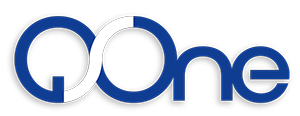Prior to exporting, U.S. manufacturers have to consider certification for the EU market. Certification is about conformity assessment in order to declare compliance with EU regulatory requirements. For the majority of exported products, compliance is visibly testified by the manufacturer through the use of CE marking. Use of standards is part of the process.
Bearing in mind that testing and certification for the U.S. market are not sufficient for exporting to the EU, manufacturers will need to start from scratch in order to determine what it takes to comply with EU requirements. Since EU legislation harmonizes mandatory requirements for product safety throughout the European Union, a manufacturer only needs to go through the process once and can then export to all 28 EU member states (and beyond). With appropriate certification, goods travel freely within the borders of the Single Market.
Where to start? That is where we come into the picture: the Standards Team at QSONE Inc offers guidance on the road to regulatory compliance. Contact us for in-depth counseling on EU standards, product testing, and certification requirements.
CE Marking Step-by-Step
- Read general guidance on standards/labeling/certification in the EU Country Commercial Guide
- Find the applicable directive (legislation)
- Determine the essential requirements in the directive (usually Annex I)
- Note the harmonized European EN standards
- Choose the appropriate conformity assessment module as described in the directive’s annex
- Locate Notified Bodies (accredited test laboratories) – if required!
- Create a Technical File and Declaration of Conformity and apply CE marking
- Consider working with consultants and QSONE Inc can take you there successfully.
